Lao Traditional Naga Motif Weaving Inscribed as UNESCO Intangible Cultural Heritage of Humanity
The traditional weaving technique of Laos was recently titled in 2023 on the Representative List of the Intangible Cultural Heritage of Humanity. Find out more about this incredible cultural beauty with Lua Viet Tours!
With the recognition of the United Nations Educational Scientific and Cultural Organization (UNESCO), the Naga Motif Weaving Technique claimed the fifth title for Laos as an Intangible Cultural Heritage of Humanity.
-
The Origin
In the country folklore, the Naga are conceived as the mythical beings that are generally benevolent, which could protect humans from illness and grant blessings. On the contrary, it may cause floods, storms, or natural disasters if angered. Laotian women have been weaving this centuries-old practice as it was passed down through families and cultural centers.
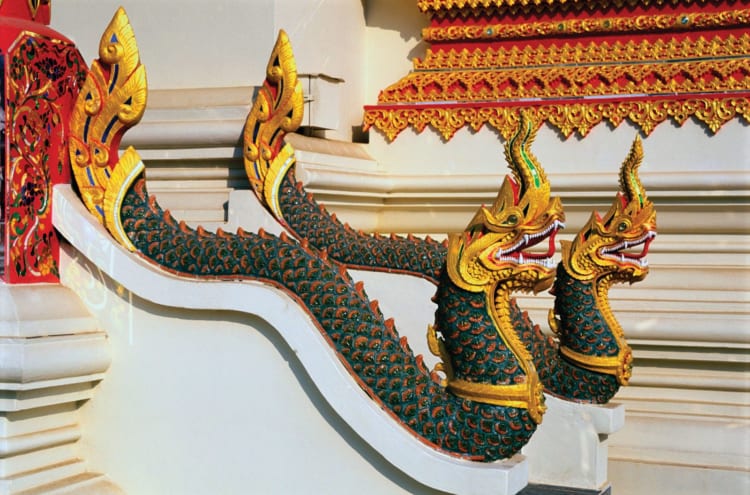
The mythical being called Naga. A legendary half-man, half-serpent god at Beopjusa Temple. The water spirit is worshipped by religions including Buddhism and animism in this Southeast Asian country. It’s also a major motif in Lao weaving. Source: Britannia.
The traditional Naga Motif Weaving is a symbolic feature to carve momentum events of a person, such as marital status, ethnic identity, and origin. For the Naga people, not only do the motif textiles simplify meaningful stories but also repositories of world views, meanings, and narratives. In a clan or tribe, it signifies strength and valor.
-
What exactly is the Naga Motif Weaving?
It concludes some weaving techniques that have a long-lasting existence in Lao, which uses silk, silk organza, and cotton. The motifs can be seen repeatedly during the weaving process through a traditional wooden loom. What is fascinating is that the technique is crafted fully by hand and not embroidered or printed at all!
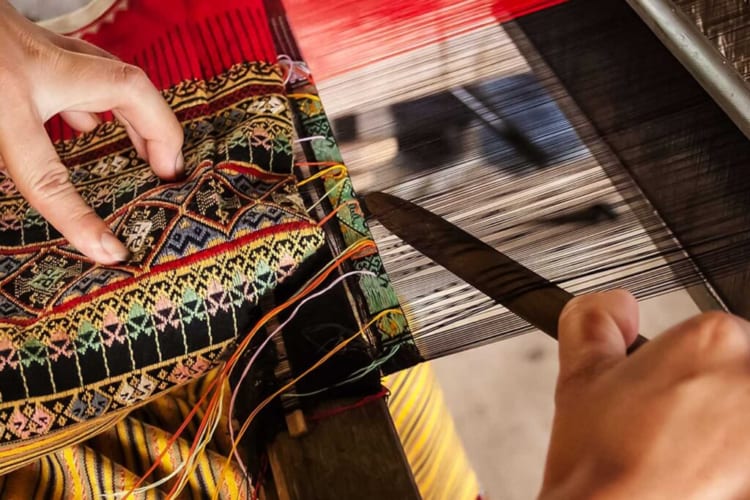
The technique is crafted fully by hand and not embroidered or printed.
The weaver attaches each yarn to the equipment one by one, and arranges the yearn in the correct order to create the desired texture. Usually, the designs are made up of simple lines, squares, bands with different color arrangements, or specific motifs. Naturally, the bright colors are used to crest the creatures’ supernatural powers.
The patterns in the cloth are obtained by the necessary combination of different colored threads in the warp and weft. Weaving specimens comprise a wide range and number which themselves as pieces of precious treasures indicating respect for the design and process. It is truly a testament of great measure.
-
The Value of Recognition of the Traditional Naga Motif Weaving Technique
With the recognition of the United Nations Educational Scientific and Cultural Organization (UNESCO), the Naga Motif Weaving Technique claimed the fifth title for Laos as an Intangible Cultural Heritage of Humanity.
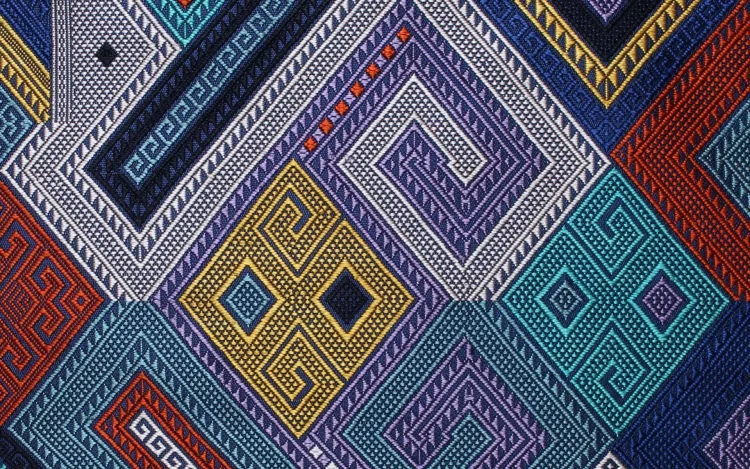
This is the signature motif weaving example.
The costume with this special form of weaving technique indeed fabricates casual-worn (mostly for women and young girls) or on festive occasions, as well as being highly common in ceremonies. It is highly desirable because of the achievements gained for the right to wear them.
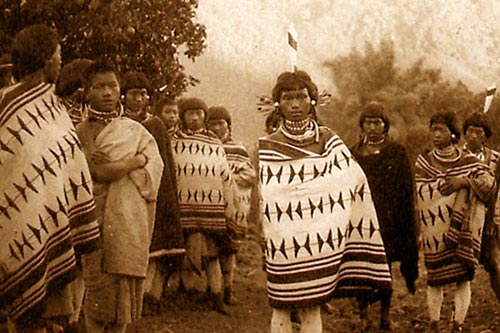
The Naga motif weaving technique has long been known in the history of tribes, as a symbol representing uniqueness amongst others.
With distinctive design and color, which varies between tribes and is sometimes used as a symbol in different villages, records the wearer’s position in society. Each tribe has its pattern signature with varied combinations of traditional design motifs.
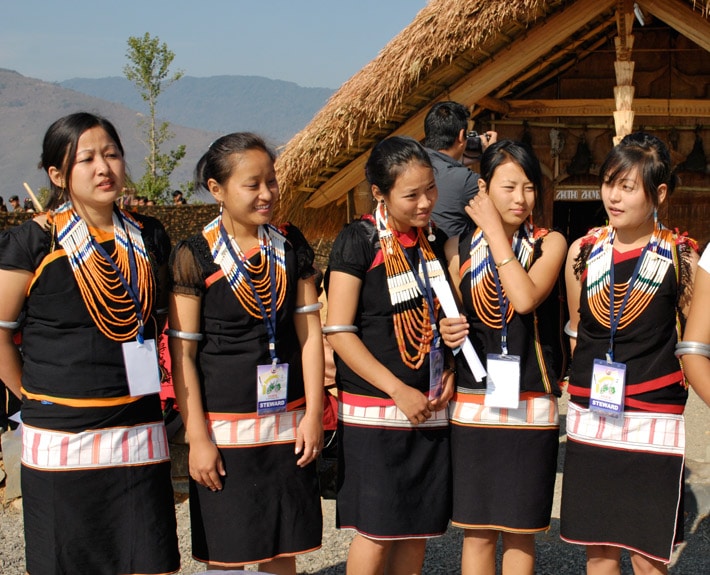
Young women wearing the daily weaving dress.
By being recognized as an Intangible Cultural Heritage of Humanity, it additionally raises awareness of the custom and how people could promote this one-of-a-kind weaving technique. As it is an assertion of identity, Laos tourism could raise the attention of a larger audience to preserve this miraculous cultural beauty.

